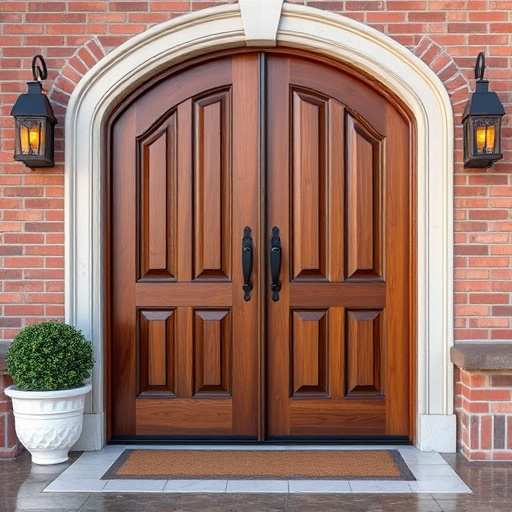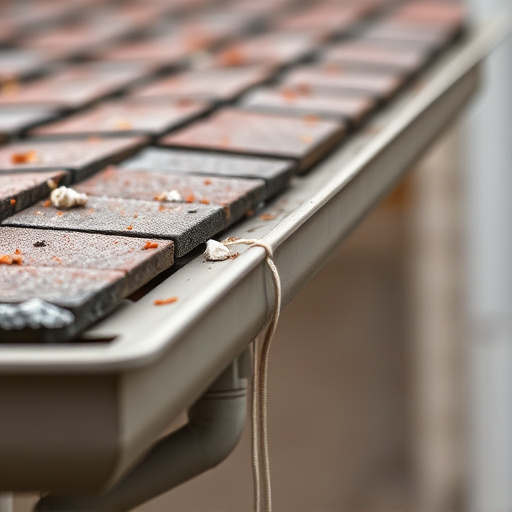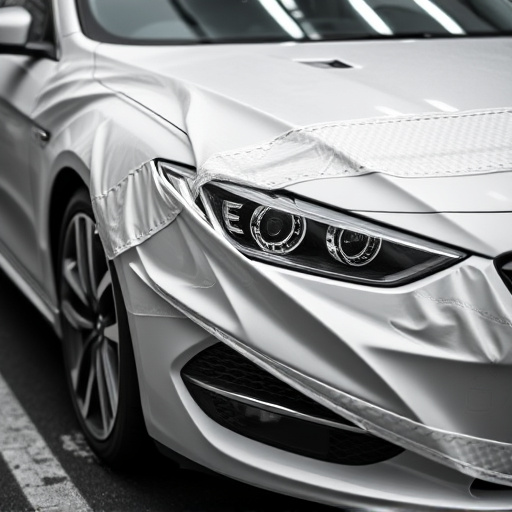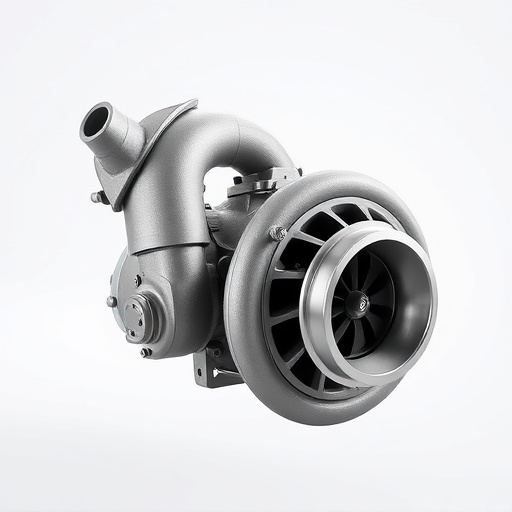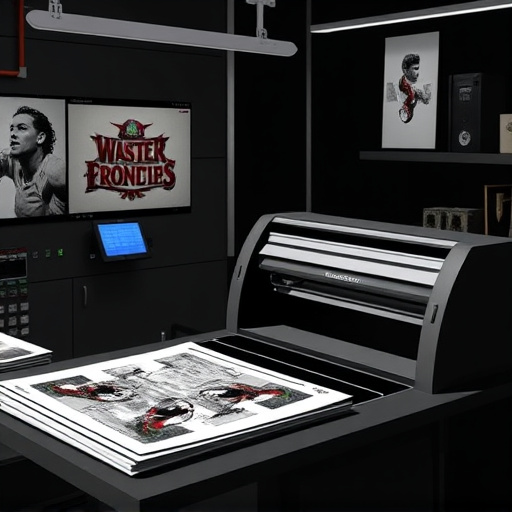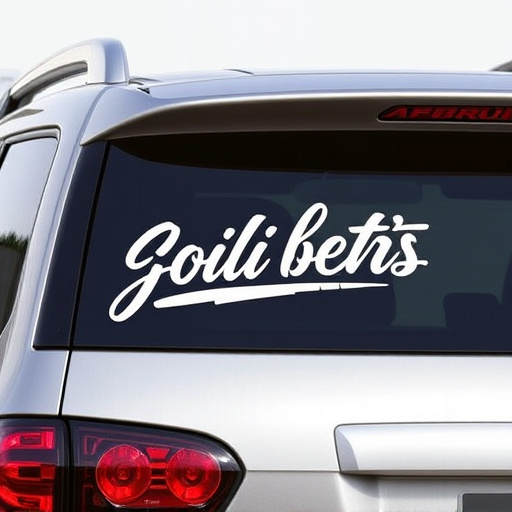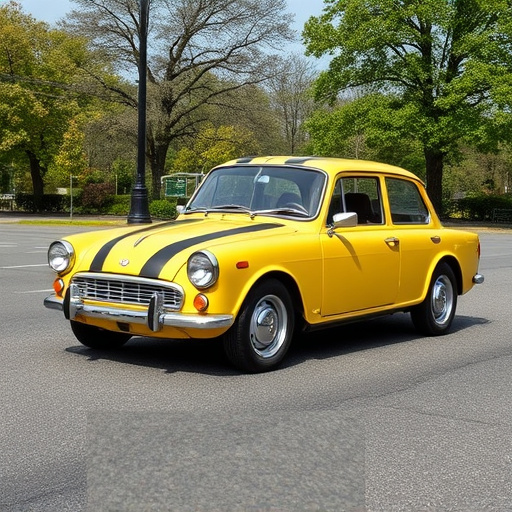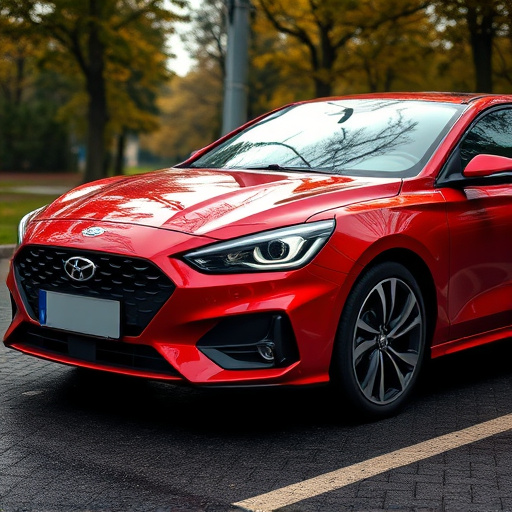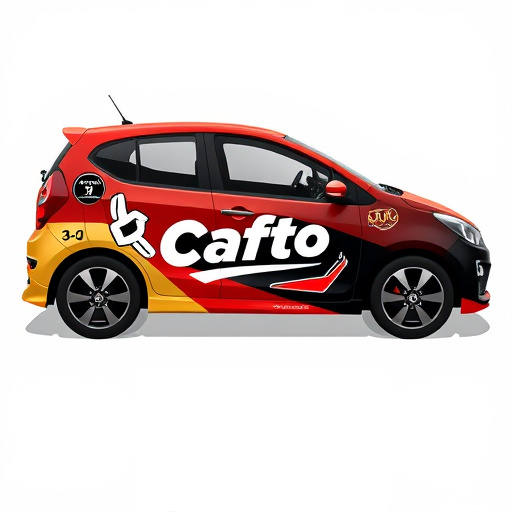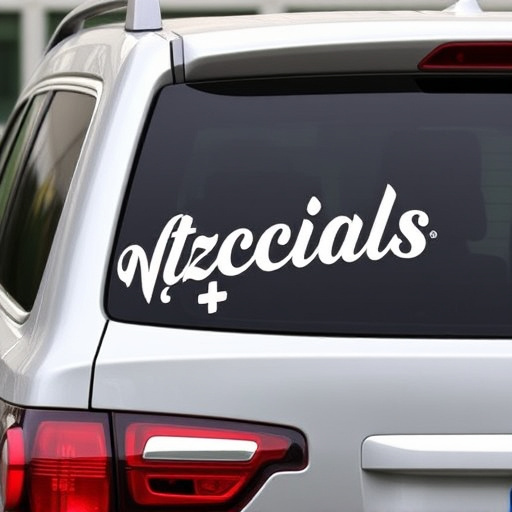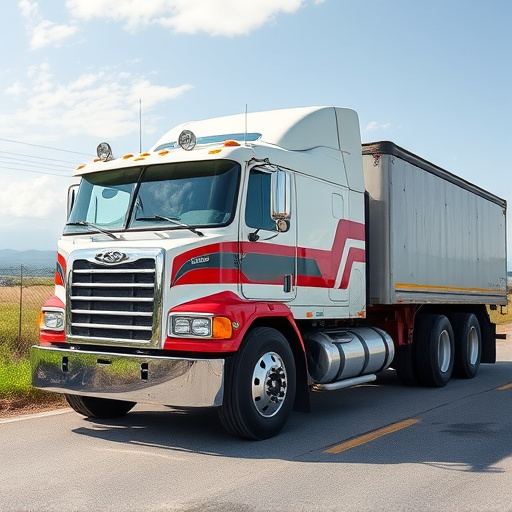Airports and transit hubs struggle with wayfinding due to complex layouts and constant changes. Floor graphics applications offer a revolutionary solution by transforming floors into interactive maps using custom vehicle wraps, providing route options, directions, and facility locations. This technology enhances passenger experience and operational efficiency through advanced printing technologies, clear visuals, and durable materials that withstand high foot traffic. Effective design and installation require careful planning, understanding of the target audience, and tailored processes to maximize impact while reflecting brand identity. Floor graphics can also be integrated into car customization projects for creative options in transit hubs and personal vehicles.
Floor graphics applications are transforming airport and transit hub navigation, offering a visually engaging and efficient wayfinding solution. This article explores how strategically placed visuals on floors can guide travelers, enhance user experiences, and improve operational efficiency. From revolutionizing journey maps to providing real-time updates, we delve into the key benefits and design considerations of implementing floor graphics applications in these dynamic environments.
- Revolutionizing Airport and Transit Hub Navigation with Floor Graphics
- Key Benefits of Implementing Floor Graphics Applications
- Designing and Installing Floor Graphics for Optimal Impact
Revolutionizing Airport and Transit Hub Navigation with Floor Graphics
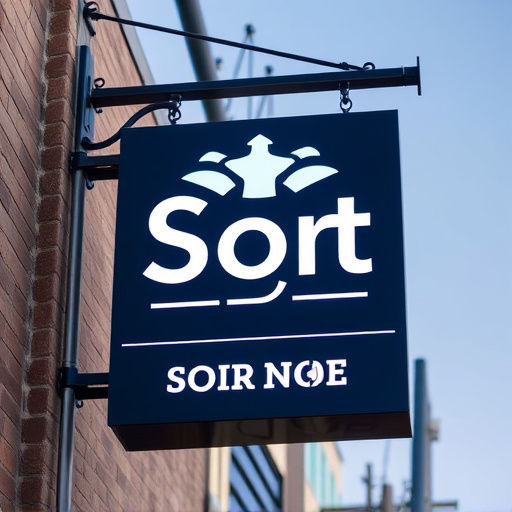
Airports and transit hubs are bustling, complex ecosystems where efficient navigation is paramount for a seamless passenger experience. Traditional signage often falls short in these dynamic environments, leading to confusion and delays. This is where floor graphics application steps in as a revolutionary solution. By transforming the airport or transit hub floor into an interactive map, floor graphics offer a unique and engaging wayfinding experience.
This innovative approach leverages custom vehicle wraps, akin to vinyl wraps, meticulously designed to depict various route options, directions, and important facilities. Not only do these floor graphics enhance visual appeal, but they also provide critical information in a compact, easily accessible format. Similarly, ceramic coatings can be utilized for durability and easy maintenance, ensuring the graphic remains vibrant and legible over time, even under high foot traffic.
Key Benefits of Implementing Floor Graphics Applications
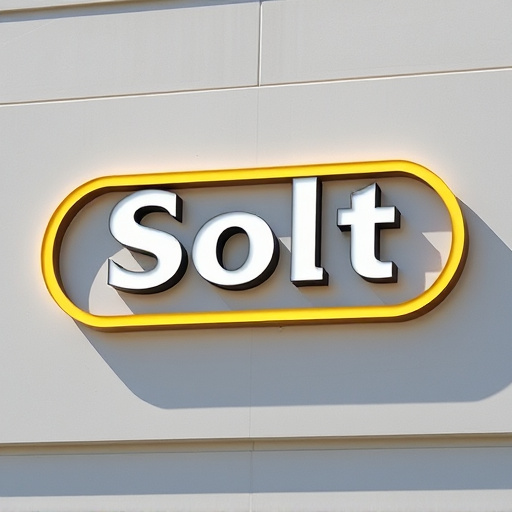
Implementing floor graphics applications in airports and transit hubs offers a multitude of benefits that go beyond mere aesthetics. These innovative solutions serve as a powerful tool for wayfinding, enhancing passenger experience, and optimizing operational efficiency. By utilizing advanced printing technologies, floor graphics can provide clear, visually appealing directions, highlighting gates, check-in counters, and other essential facilities. This ensures that travelers, even in bustling environments, can navigate with ease and confidence.
Moreover, floor graphics applications provide an opportunity to integrate branding and marketing efforts seamlessly. Airports and transit hubs can leverage these designs to showcase sponsors, promote services, or celebrate local culture, all while maintaining a professional and welcoming atmosphere. Additionally, the use of durable materials like vinyl wraps and paint protection film ensures that these graphics remain vibrant and legible for extended periods, with protective coatings enhancing their longevity against heavy foot traffic and potential damage.
Designing and Installing Floor Graphics for Optimal Impact
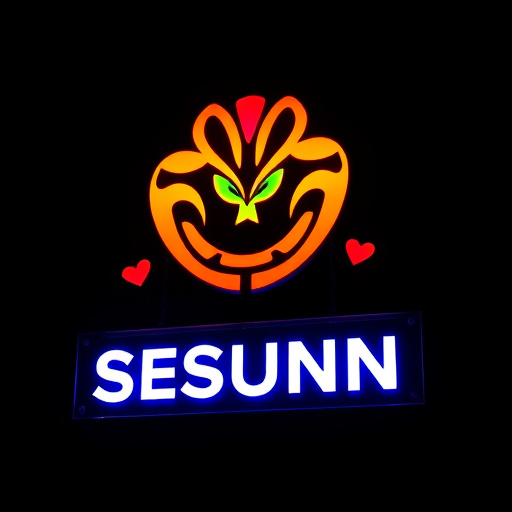
The design and installation of floor graphics for airports and transit hubs require meticulous planning to achieve maximum impact. When crafting these visual elements, understanding the space and its intended audience is key. For instance, in a bustling airport terminal, wayfinding graphics not only guide passengers but also create an immersive experience that reflects the brand’s identity. Using high-resolution images, vibrant colors, and clear typography ensures that floor graphics stand out amidst the hustle and bustle, enhancing passenger navigation while delivering a memorable impression.
Installation processes for floor graphics should be tailored to each location, considering factors like foot traffic, lighting conditions, and surface preparation. Professional installation teams employ precision techniques to ensure graphics are perfectly aligned and durable enough to withstand heavy use. This meticulous approach, combined with the use of high-quality materials, contributes to creating a seamless blend of art and functionality—a true testament to premium automotive services in enhancing transit spaces. Moreover, floor graphics can be seamlessly integrated into car customization and vehicle enhancement projects, offering endless creative possibilities for both transportation hubs and personal vehicles alike.
Floor graphics applications are transforming the way travelers navigate airports and transit hubs, offering a dynamic and visually engaging solution. By leveraging these innovative tools, transportation authorities can enhance wayfinding efficiency, improve passenger experiences, and even collect valuable data insights. With their ability to provide real-time information, guide users through complex layouts, and adapt to changing flight schedules or service updates, floor graphics have become an indispensable asset in modern travel infrastructure.
